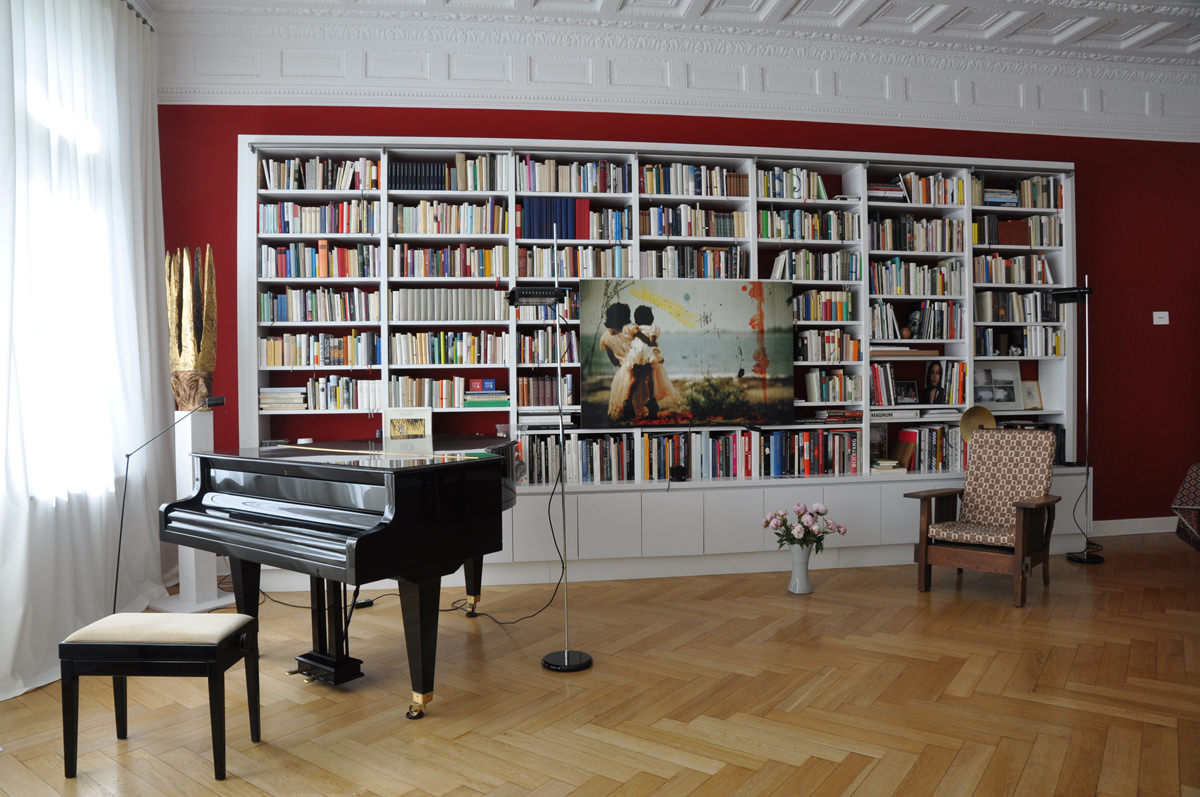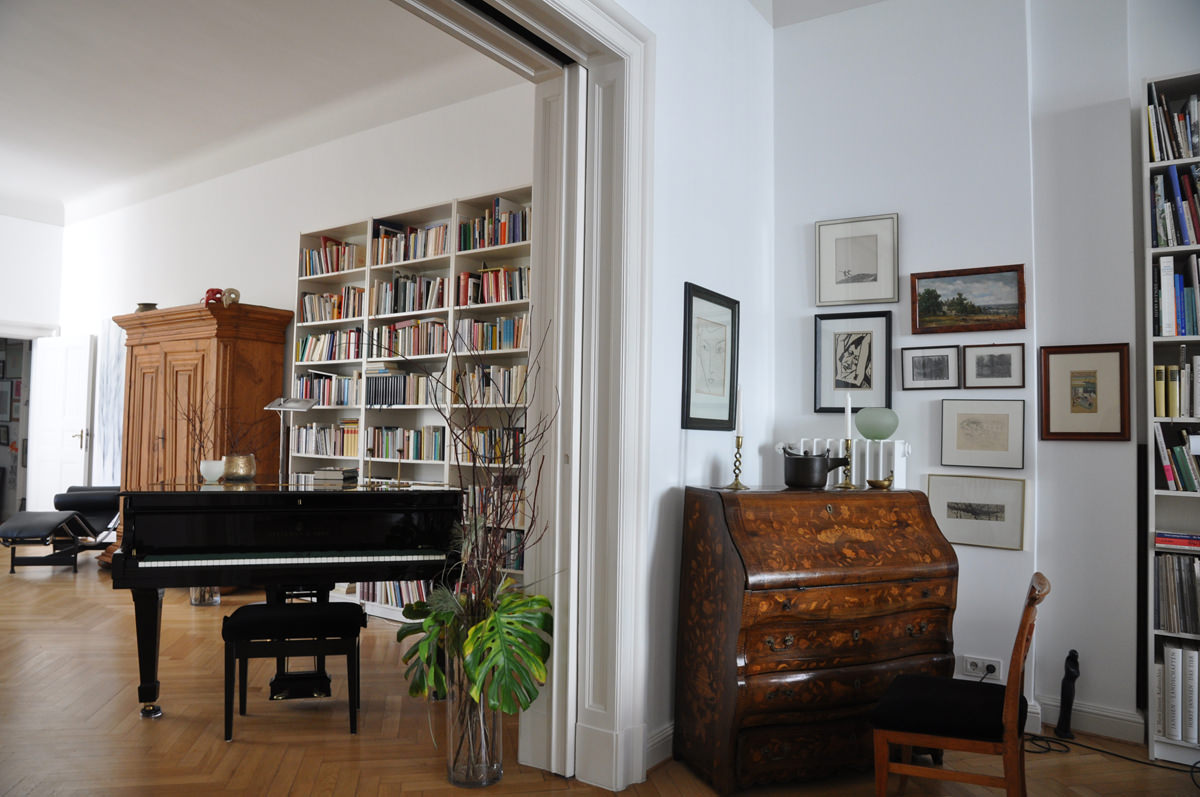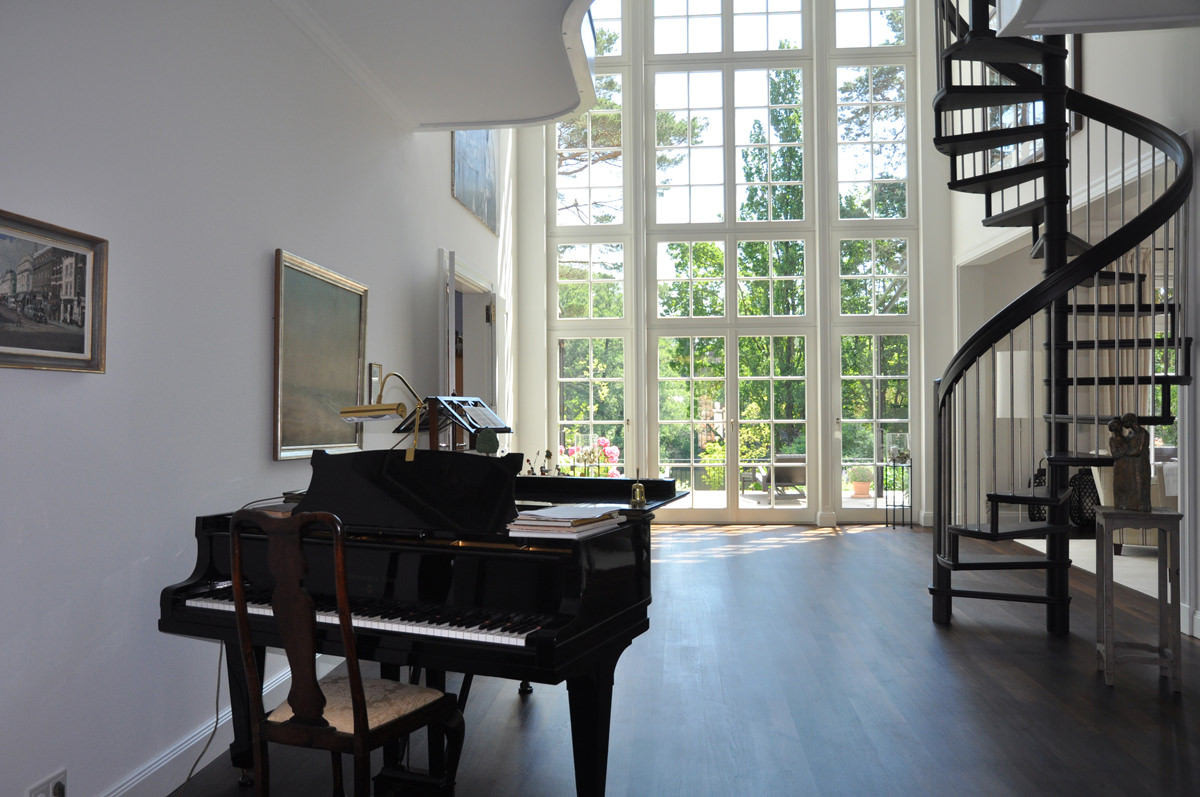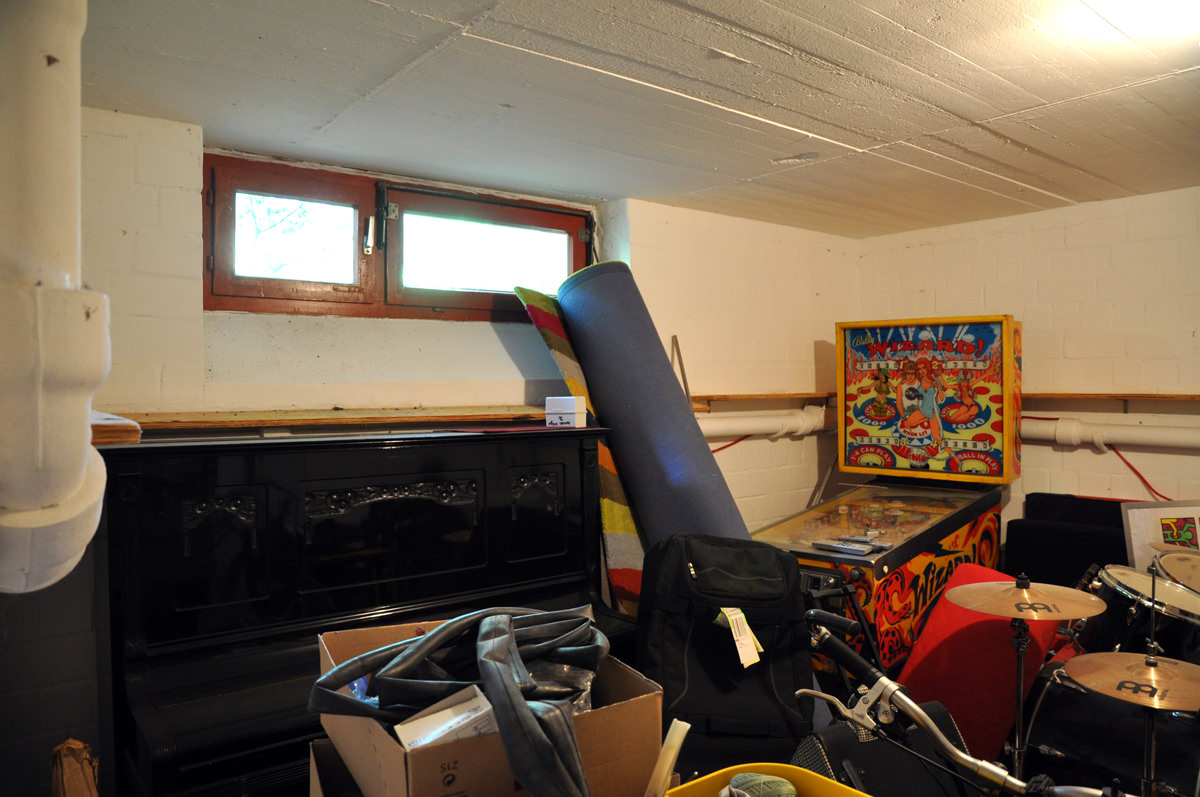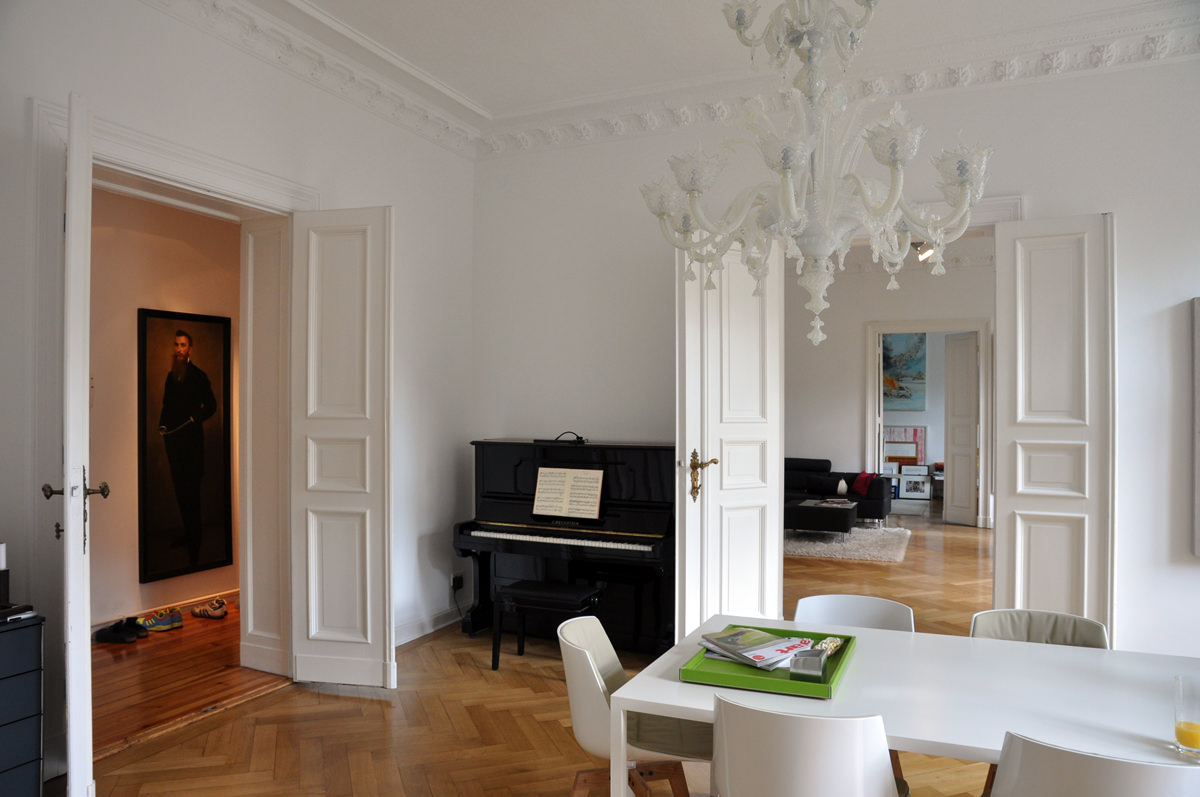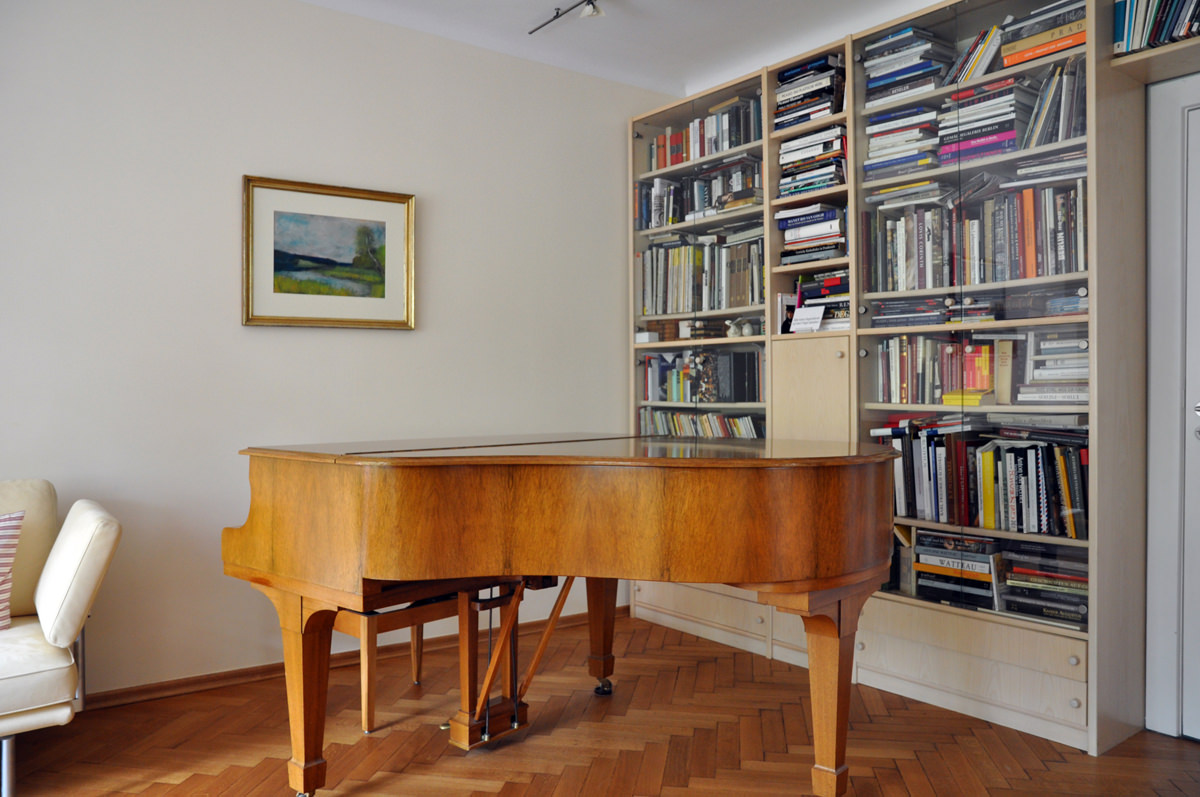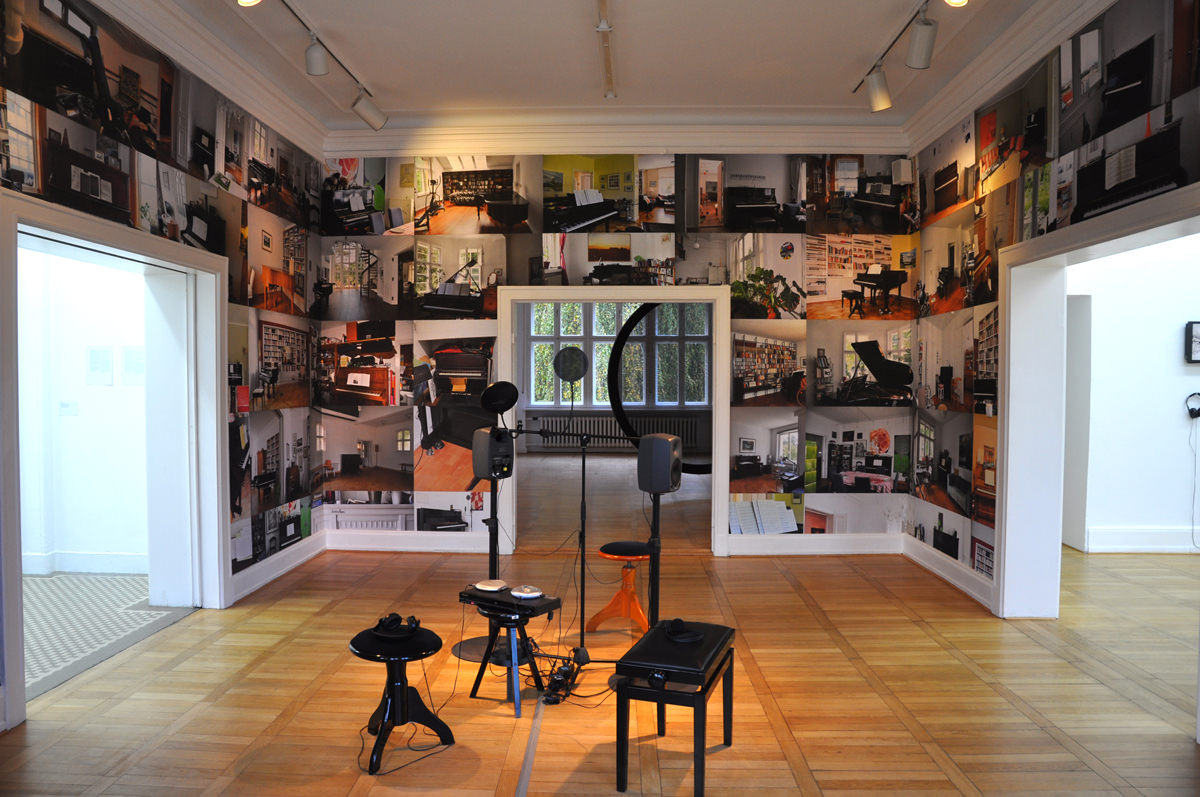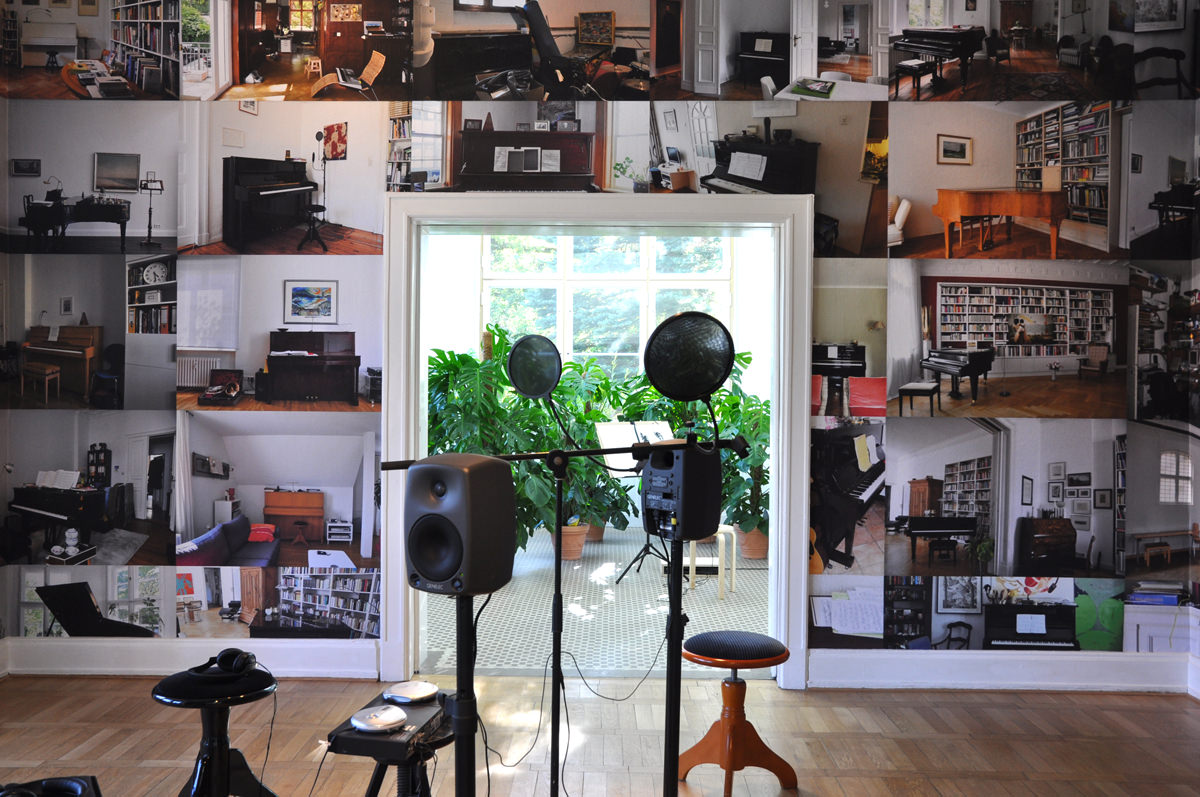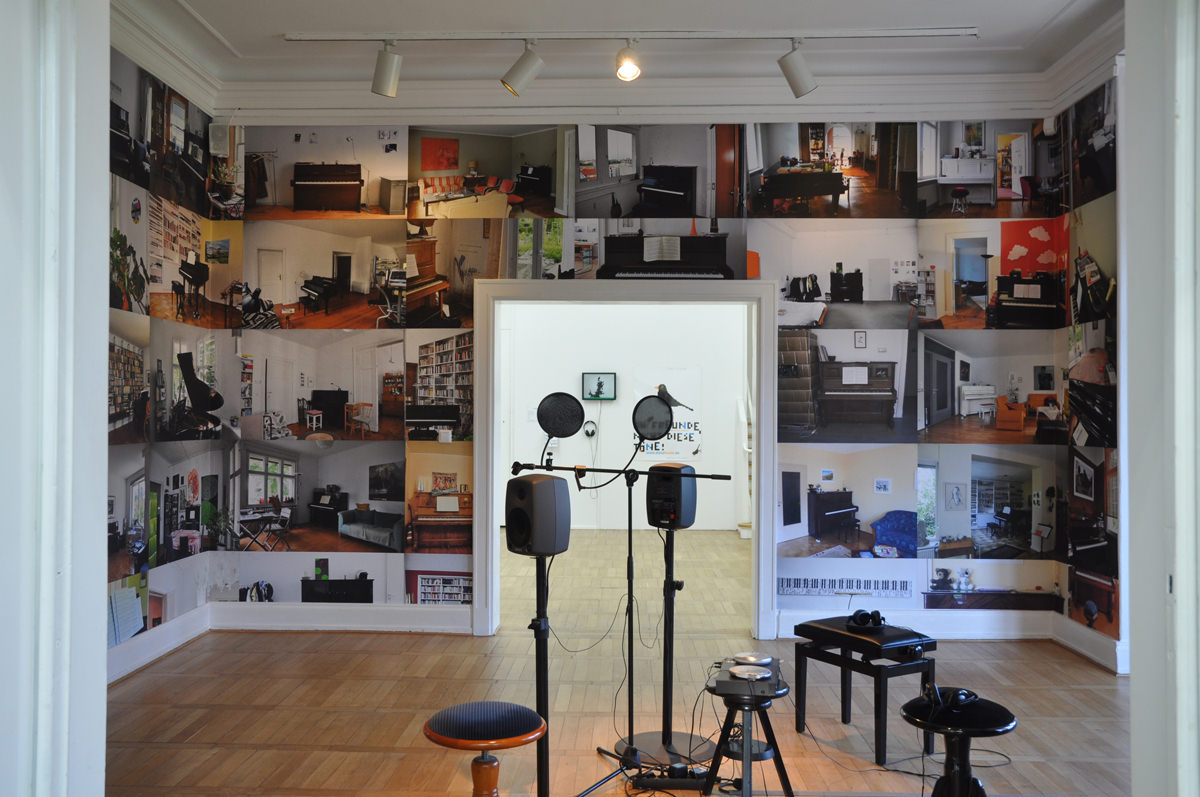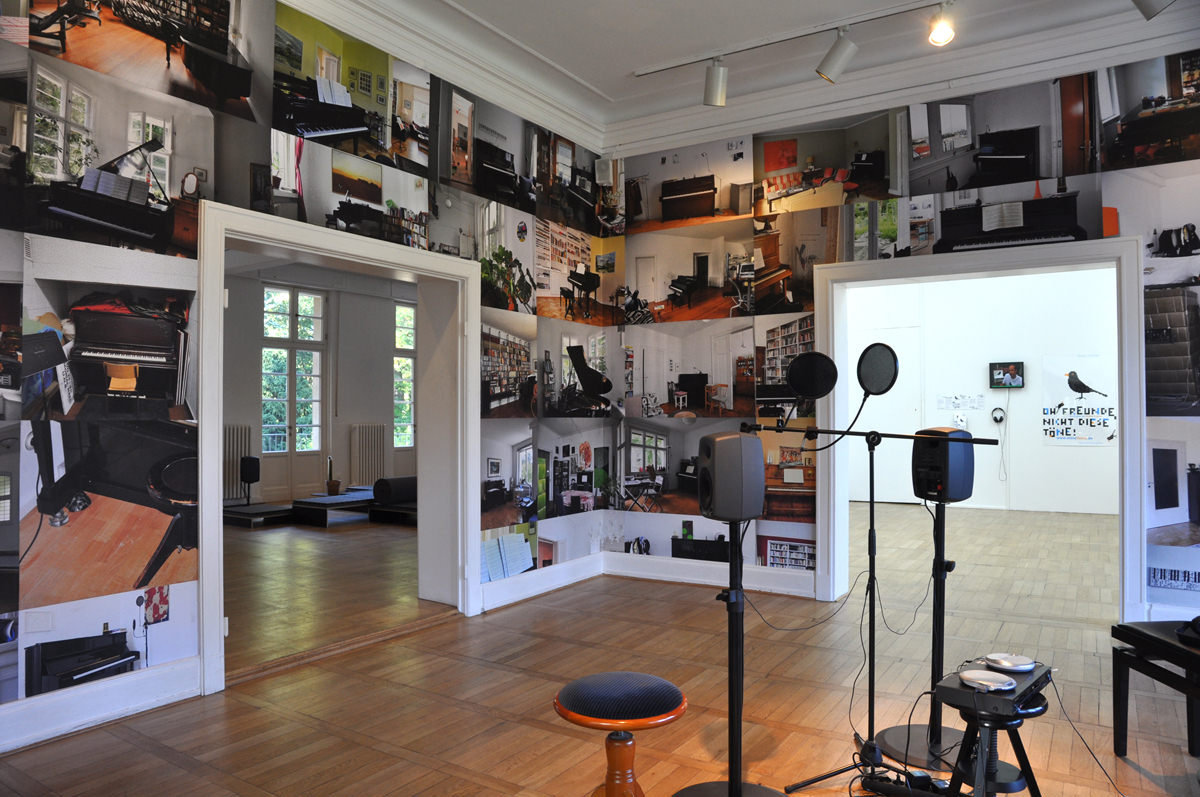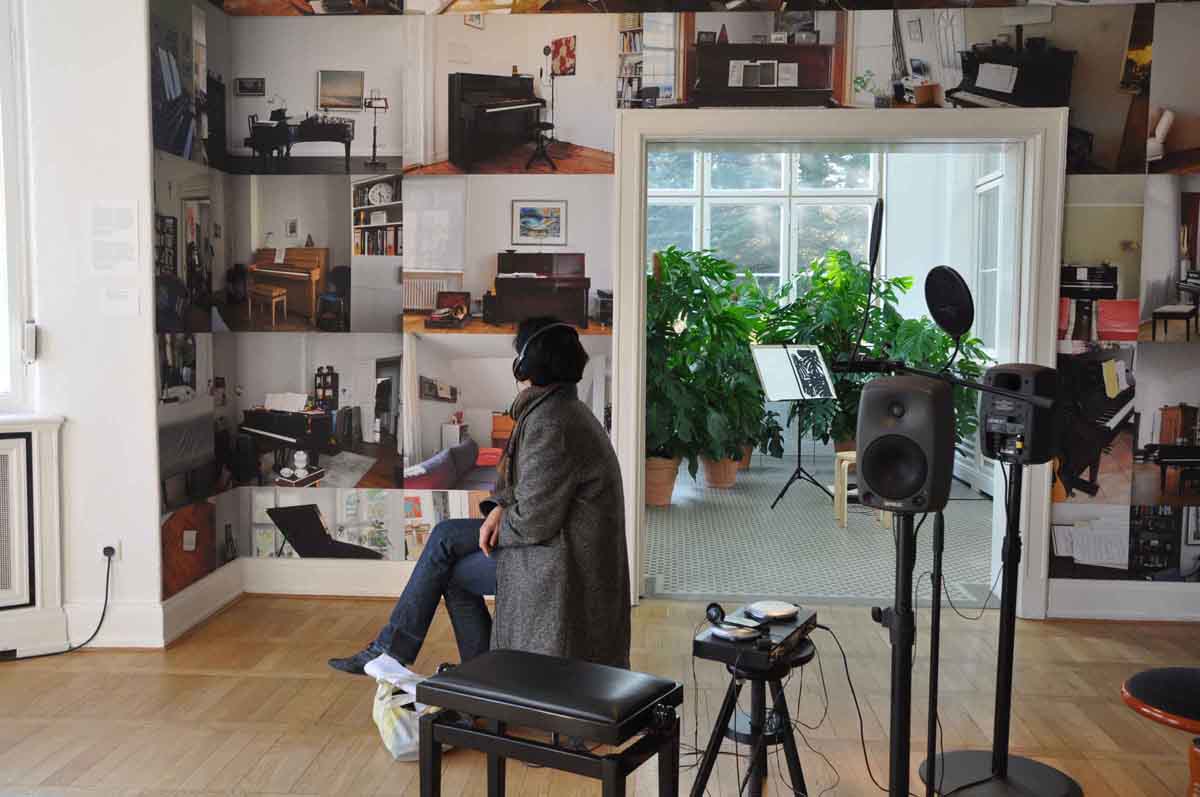What is Fräulein Grosch?
In 2009, I had the privilege to observe William Engelen developing a new work for Tonspur in Vienna. Early in his working process, he spoke of his plans to hold interviews, and he began these in Berlin, although most of the interviews were held later during his artist's residency in Vienna. He told me about the passage equipped with several loudspeakers at Museums-Quartier in Vienna. Engelen conceived his work for this location, roofed and yet outside, public space and yet museum. For me, this work, Fräulein Grosch, was a sound installation in public space. I prepared a speech on the work's relations to the location, the city of Vienna and its interviewed residents. However, I left some room in order to describe – after I had actually experienced it – the effect of the stories played simultaneously from various loudspeakers, the musicalization of language rendered incomprehensible when composed in multiple overlays.
In 2011, William Engelen asked me for a brief comment on Fräulein Grosch, which was to be included in the exhibition at Haus am Waldsee. I learned that he had expanded the work. Now there were not just interviews about memories of piano lessons, but also photographs of pianos in their "natural habitats." The interviews were now no longer to be a multi-channel sound installation, as they had been composed for Vienna. That surprised me! Was Fräulein Grosch not a finished work that could be categorized as a sound installation with components of radio drama (ars acustica)? If not, what then?
Clearly, for the artist the work consists primarily in its concept, and then its realization, of collecting many stories about the experience of piano instruction. Edited together, these sound recordings result in material that has to be newly installed depending on the respective site and context. This act of installation becomes an interpretational task. Fräulein Grosch is not conceptual art in the narrow sense, but a very musical work – albeit in a broader sense: it has to be interpreted every time anew, that is, it has to be installed. It is transient. Is there a term for such art forms in art history? If there were I would know what Fräulein Grosch was. However, who Miss Grosch is can be found out by listening to the stories.
Julia H. Schröder
